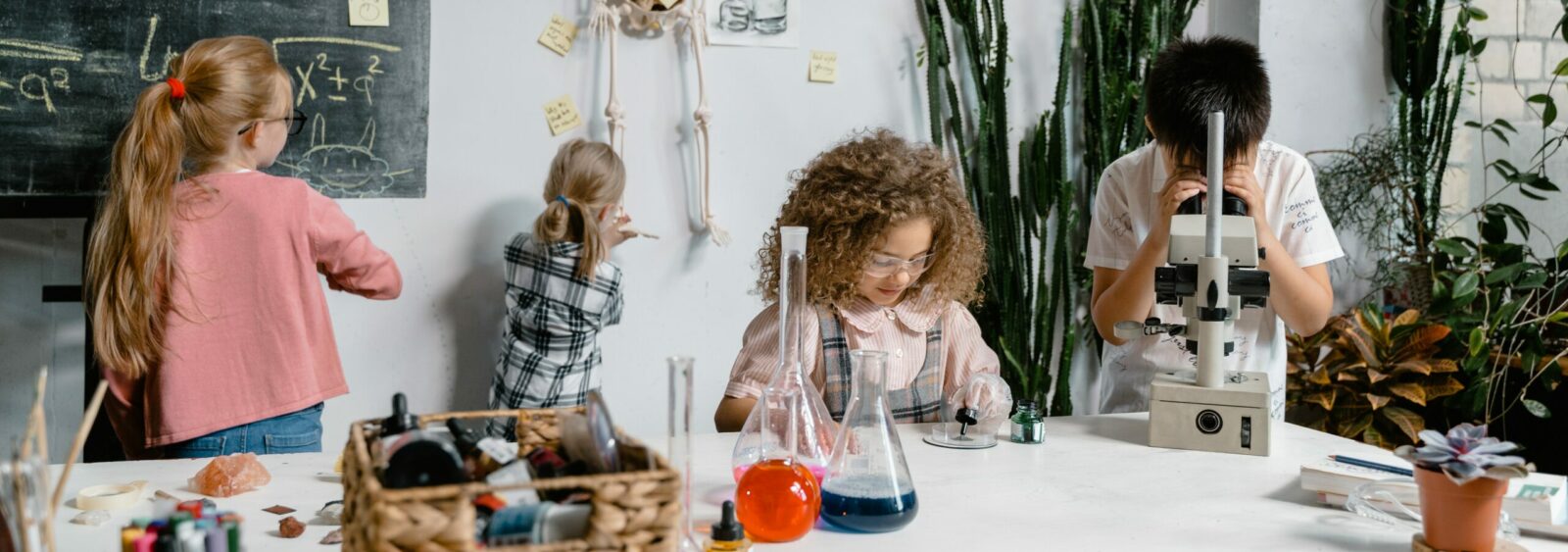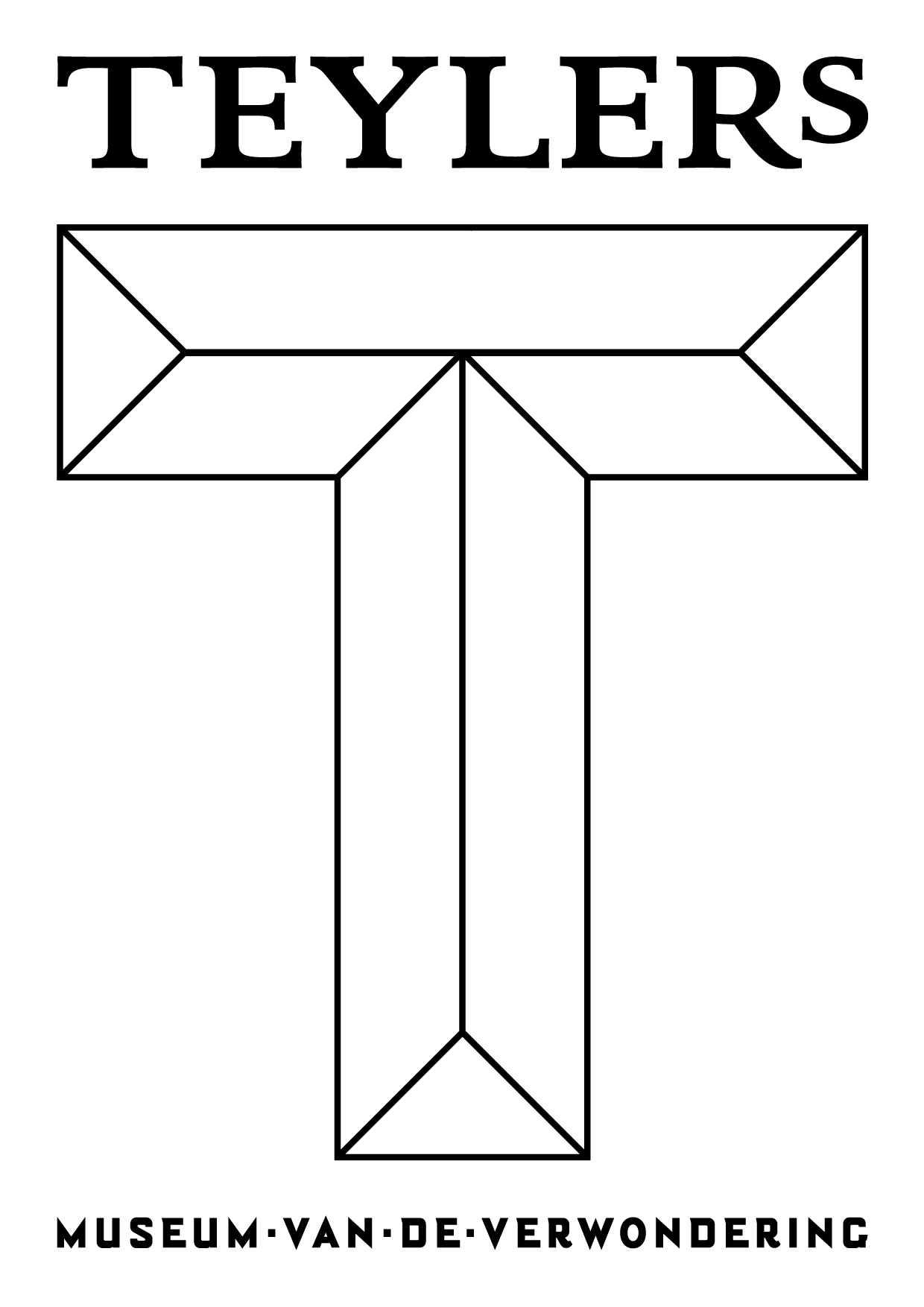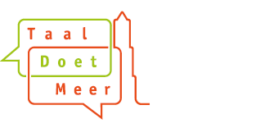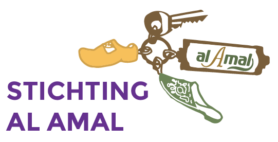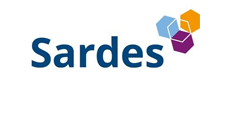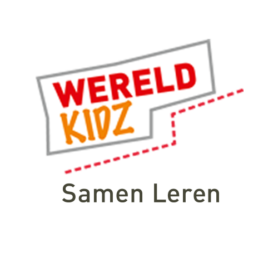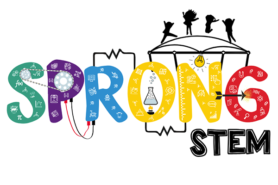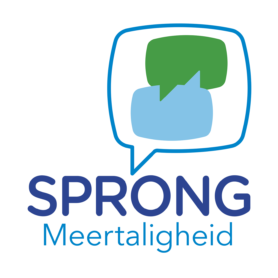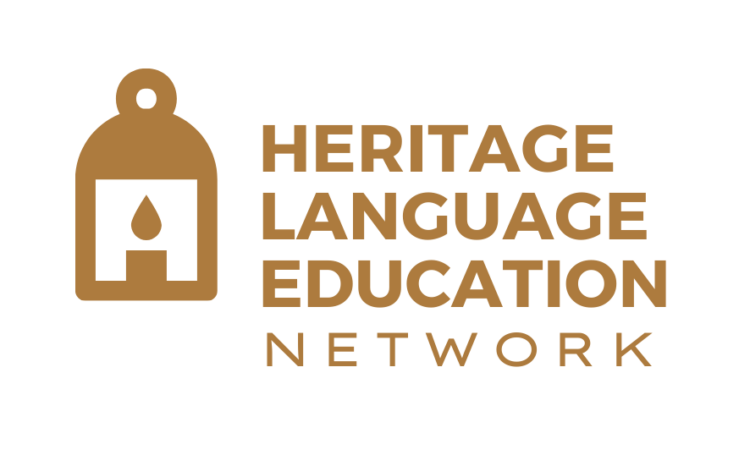The PISA report shook up the Netherlands – what to do?
The PISA1 figures show that the Netherlands have again dropped in scores compared to the 2018 report. In particular, the figures on reading skills have been shared online: more than a third of 15-year-olds did not reach the minimum reading level in 2022. But we have also scored lower on mathematics and science.
These lower results are combined with a widening socio-economic gap. There already was a downward trend for these three subjects (mathematics, reading, science) in the 2018 report. This trend has continued and has even become stronger since, especially for students with a migration background.
We’ll share some PISA data:
- In a previous report (in 2018), PISA already remarked that average scores in the Netherlands were declining. This downward trend has been confirmed and even strengthened for the subjects of mathematics, reading, and science.
- Between 2012 and 2022, the scores of both high-achieving students and low-achieving students declined, but the scores of low-achieving students declined faster. This means that the performance gap has grown.
- The Netherlands are now one of the top 3 countries with the largest differences between high-achieving and low-achieving students in mathematics, together with Israel and Chinese Taipei.
- According to PISA, this performance gap can be explained by migration background: students without a migration background scored on average 55 points higher than students with a migration background.

Students with a migration background often grow up multilingual. Despite a growing number of multilingual students in schools, education is often still provided from a monolingual norm. Such a monolingual norm can hinder the learning process of multilingual students. These students may often have a lot of knowledge, but in a language other than Dutch. As this language is not used in class, the knowledge remains unutilized. This, in turn, limits their learning opportunities. By better connecting to the knowledge that the student already possesses – in whatever language – we aim to ensure that multilingual students can take advantage of more learning opportunities. Multi-STEM therefore aims to reduce this achievement gap by encouraging education with home languages.
1. PISA is the Program for International Student Assessment, part of OECD (Organization for Economic Co-operation and Development). Report published on December 5th, 2023. View the report here.
-Lianne Stolte | PhD researcher, subproject ‘School’.
Currently, this blog is only available in English and Dutch. To read it in another language we recommend using the translation tool DeepL.com.
Image by Freepik
